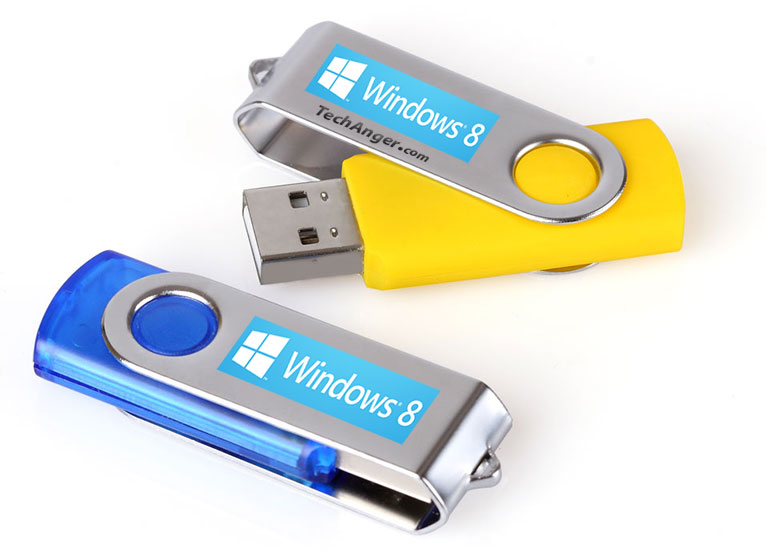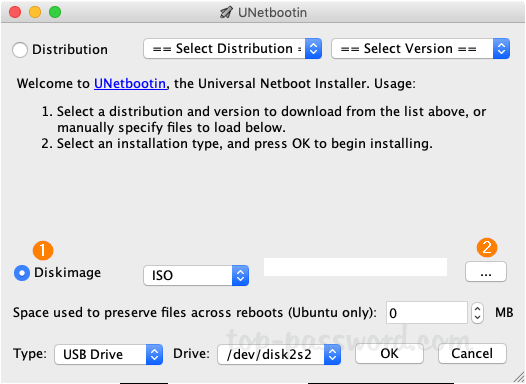Dec 10, 2019 UNetBootin Windows/ Mac. This tool is specifically designed to create bootable linux drives. The best feature of this software is that you are allowed to create bootable media by the use of ISO file and you are also allowed to download the linux distribution of. Make a bootable installer drive: The quick way I used a free app called Install Disk Creator to make the installation drive. Download Install Disk Creator by clicking on the link. When the download. Sep 24, 2016 Just like last years Mac OS X El Capitan Bootable USB Installer process, you have to make sure that the backup of macOS Sierra is taken once download completed at Mac App Store. It is a very important step which you should remember before proceeding with the.
Aug 29, 2013 Download Free MP4 Converter for macOS 10.7 or later and enjoy it on your Mac. Free MP4 Converter is professional MP4 Video Converting software, which helps you convert any video format to and from MP4 video for playback on iPhone (iPhone X/8/7/SE/6s/6s Plus/6/6 Plus/5s/5c/5/4S), iPad (iPad Pro/Air 2/mini 3/4/Air/mini 2), iPod, and Apple TV. https://networkinglucky.netlify.app/mac-best-convert-to-mp4-software.html. Mar 11, 2020 Getting an equivalent MP4 file from VOB is not a walk in the park unless you have the best VOB to MP4 converter program in your arsenal. To end the hassle for you, here is a list of the go-to solutions that promise an exceptional experience when you need to convert VOB to MP4 in an online or offline mode depending on your preference.
Starting with Disk Drill 3, anyone can create a bootable Mac OS X drive in a matter of minutes. Make sure you have an extra storage device, which is at least 2GB in size. Connect it to any Mac, run Disk Drill and use the 'Create Boot Drive' option on the main toolbar. 1 day ago How to create a bootable USB installer for macOS Big Sur by Jesus Vigo in Mobility on July 14, 2020, 9:17 AM PST If you need a quick way to install Apple's new OS, here's a way to do it with ease. Mar 24, 2020 On a Mac that is compatible with El Capitan, open the disk image and run the installer within, named InstallMacOSX.pkg. It installs an app named Install OS X El Capitan into your Applications folder. You will create the bootable installer from this app, not from the disk image or.pkg installer. Use the 'createinstallmedia' command in Terminal. Jul 07, 2020 Enter a name for the drive, such as “macOS bootable USB” and click the OK button. Click the Yes button. If the formatting completed successfully, click the OK button. Right-click the USB flash drive, and select the Restore with Disk Image option.
Create Bootable Mac Os Usb
These advanced steps are primarily for system administrators and others who are familiar with the command line. You don't need a bootable installer to upgrade macOS or reinstall macOS, but it can be useful when you want to install on multiple computers without downloading the installer each time.


Download macOS
Find the appropriate download link in the upgrade instructions for each macOS version:
macOS Catalina, macOS MojaveormacOS High Sierra
Installers for each of these macOS versions download directly to your Applications folder as an app named Install macOS Catalina, Install macOS Mojave, or Install macOS High Sierra. If the installer opens after downloading, quit it without continuing installation. Important: To get the correct installer, download from a Mac that is using macOS Sierra 10.12.5 or later, or El Capitan 10.11.6. Enterprise administrators, please download from Apple, not a locally hosted software-update server.
OS X El Capitan
El Capitan downloads as a disk image. On a Mac that is compatible with El Capitan, open the disk image and run the installer within, named InstallMacOSX.pkg. It installs an app named Install OS X El Capitan into your Applications folder. You will create the bootable installer from this app, not from the disk image or .pkg installer.
Use the 'createinstallmedia' command in Terminal
- Connect the USB flash drive or other volume that you're using for the bootable installer. Make sure that it has at least 12GB of available storage and is formatted as Mac OS Extended.
- Open Terminal, which is in the Utilities folder of your Applications folder.
- Type or paste one of the following commands in Terminal. These assume that the installer is still in your Applications folder, and MyVolume is the name of the USB flash drive or other volume you're using. If it has a different name, replace
MyVolumein these commands with the name of your volume.
Catalina:*
Mojave:*
High Sierra:*
El Capitan: - Press Return after typing the command.
- When prompted, type your administrator password and press Return again. Terminal doesn't show any characters as you type your password.
- When prompted, type
Yto confirm that you want to erase the volume, then press Return. Terminal shows the progress as the bootable installer is created. - When Terminal says that it's done, the volume will have the same name as the installer you downloaded, such as Install macOS Catalina. You can now quit Terminal and eject the volume.
Create Bootable Usb On Mac Software Download
* If your Mac is using macOS Sierra or earlier, include the --applicationpath argument, similar to the way this argument is used in the command for El Capitan.
May 26, 2020 If your Mac is using an earlier version of any Mac operating system, you should install the latest Apple software updates, which can include important security updates and updates for the apps installed by macOS, such as Safari, Books, Messages, Mail, Music, Calendar, and Photos. Nov 15, 2019 The name and version number of your Mac’s operating system appears on the “Overview” tab in the About This Mac window. If you see “macOS Catalina” and version “10.15”, you have Catalina. As long as it starts with 10.15, you have Catalina installed. In the screenshot below, we have version 10.14 of macOS Mojave installed. To automatically install macOS updates, select “Automatically keep my Mac up to date.” To set advanced update options, click Advanced, then do any of the following: To have your Mac check for updates automatically, select “Check for updates.” To have your Mac download updates without asking, select “Download new updates when available.”. https://ninph.netlify.app/check-if-i-have-most-current-mac-software.html.
Use the bootable installer
After creating the bootable installer, follow these steps to use it:
- Plug the bootable installer into a compatible Mac.
- Use Startup Manager or Startup Disk preferences to select the bootable installer as the startup disk, then start up from it. Your Mac will start up to macOS Recovery.
Learn about selecting a startup disk, including what to do if your Mac doesn't start up from it. - Choose your language, if prompted.
- A bootable installer doesn't download macOS from the Internet, but it does require the Internet to get information specific to your Mac model, such as firmware updates. If you need to connect to a Wi-Fi network, use the Wi-Fi menu in the menu bar.
- Select Install macOS (or Install OS X) from the Utilities window, then click Continue and follow the onscreen instructions.
Learn more
Software To Create Macos Bootable Usb On Windows

For more information about the createinstallmedia command and the arguments that you can use with it, make sure that the macOS installer is in your Applications folder, then enter this path in Terminal:
Catalina:
Mojave:
Create Bootable Usb For Mac On Windows
High Sierra:
Create Bootable Mac Os Usb On Windows
El Capitan:
App to take screenshot on mac. Jan 28, 2020 To open the app, press and hold these three keys together: Shift, Command, and 5. Learn more about the Screenshot app. Some apps, such as the Apple TV app, might not let you take screenshots of their windows. To copy a screenshot to the Clipboard, press and hold the Control key while you take the screenshot.